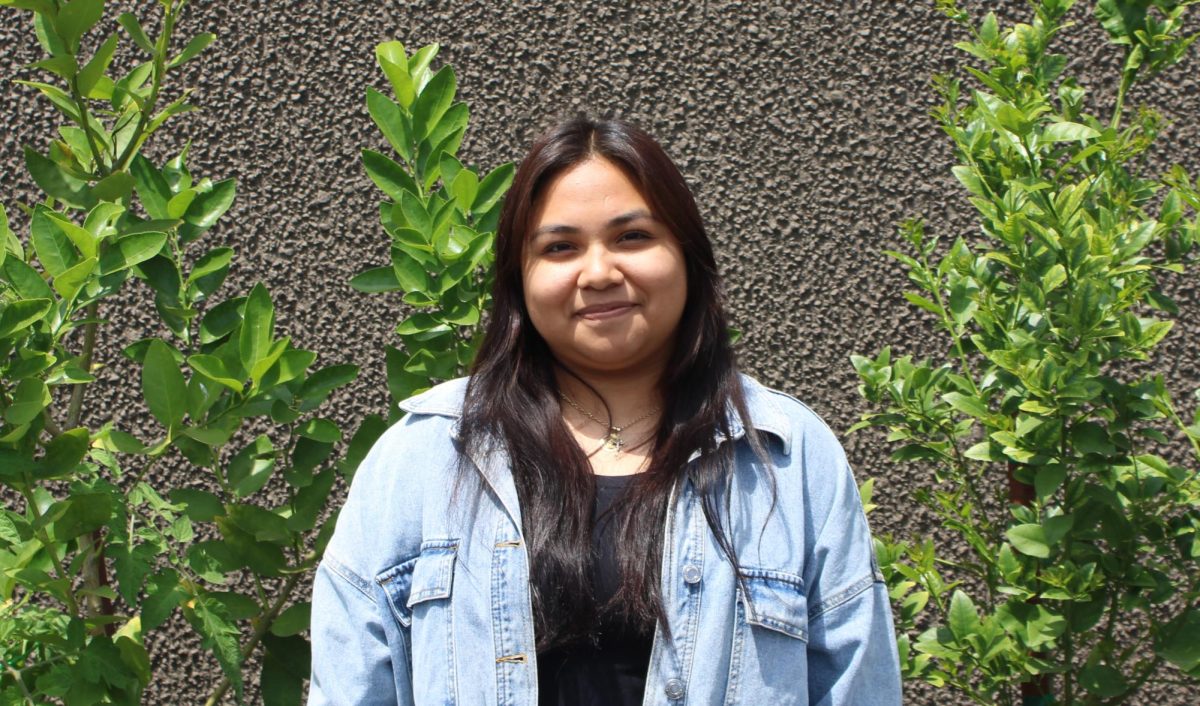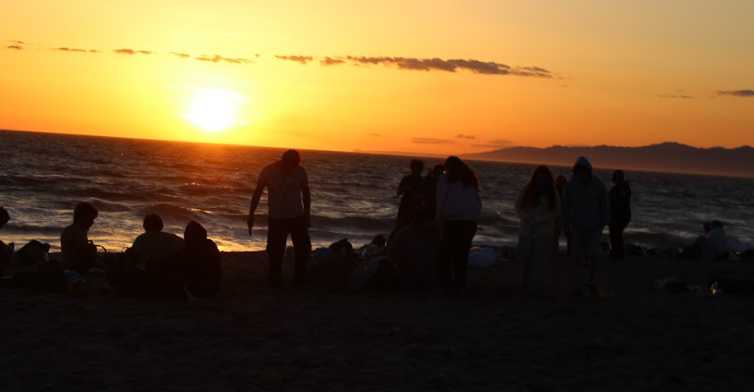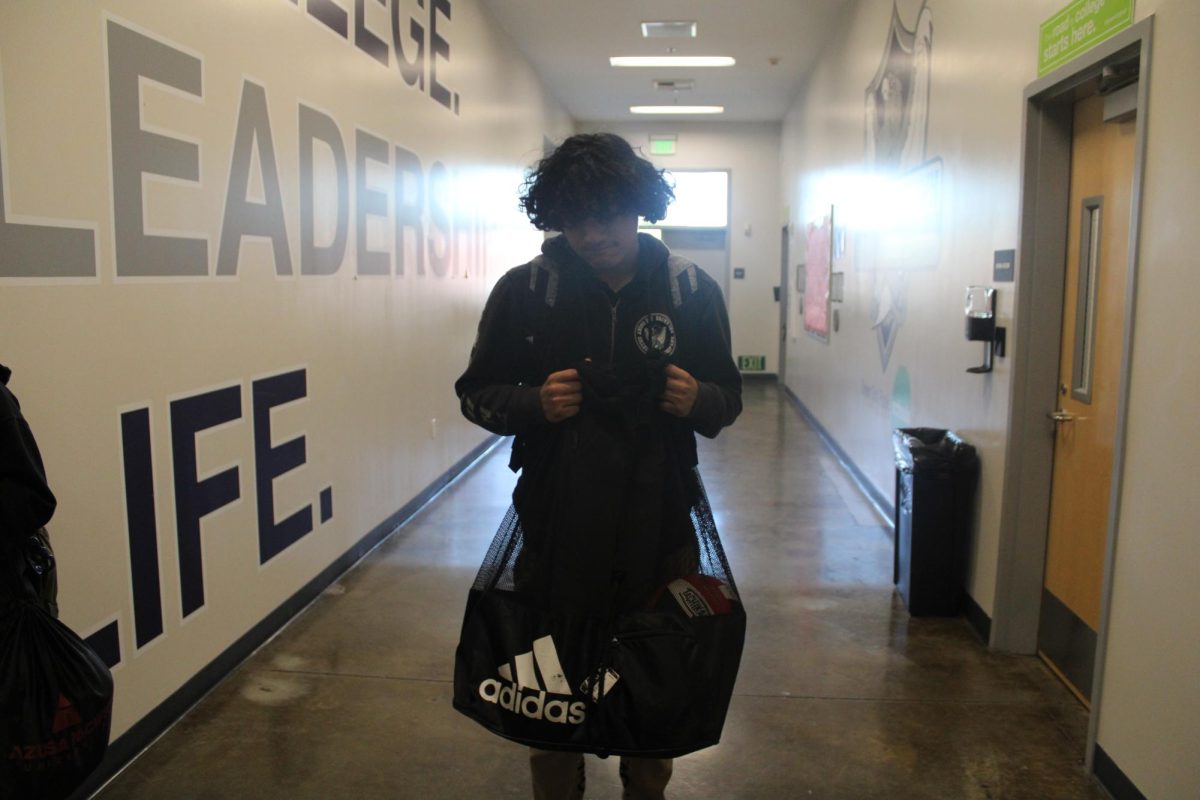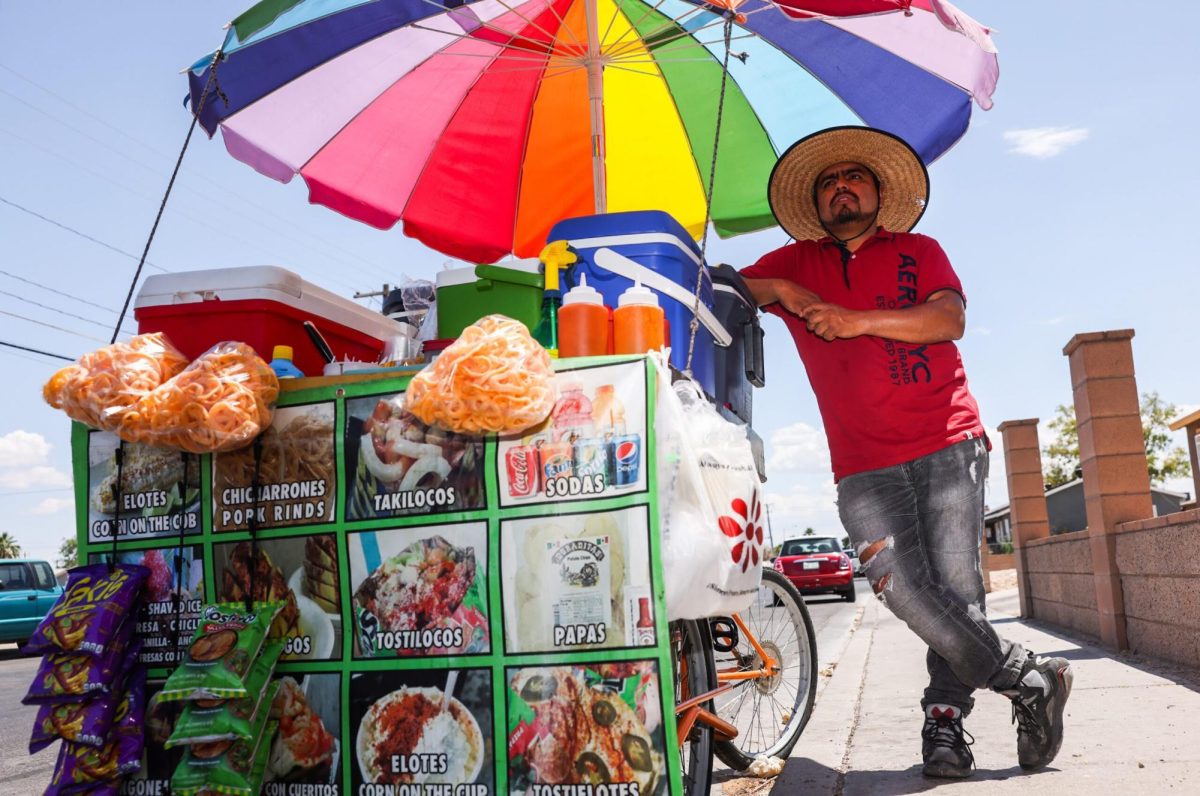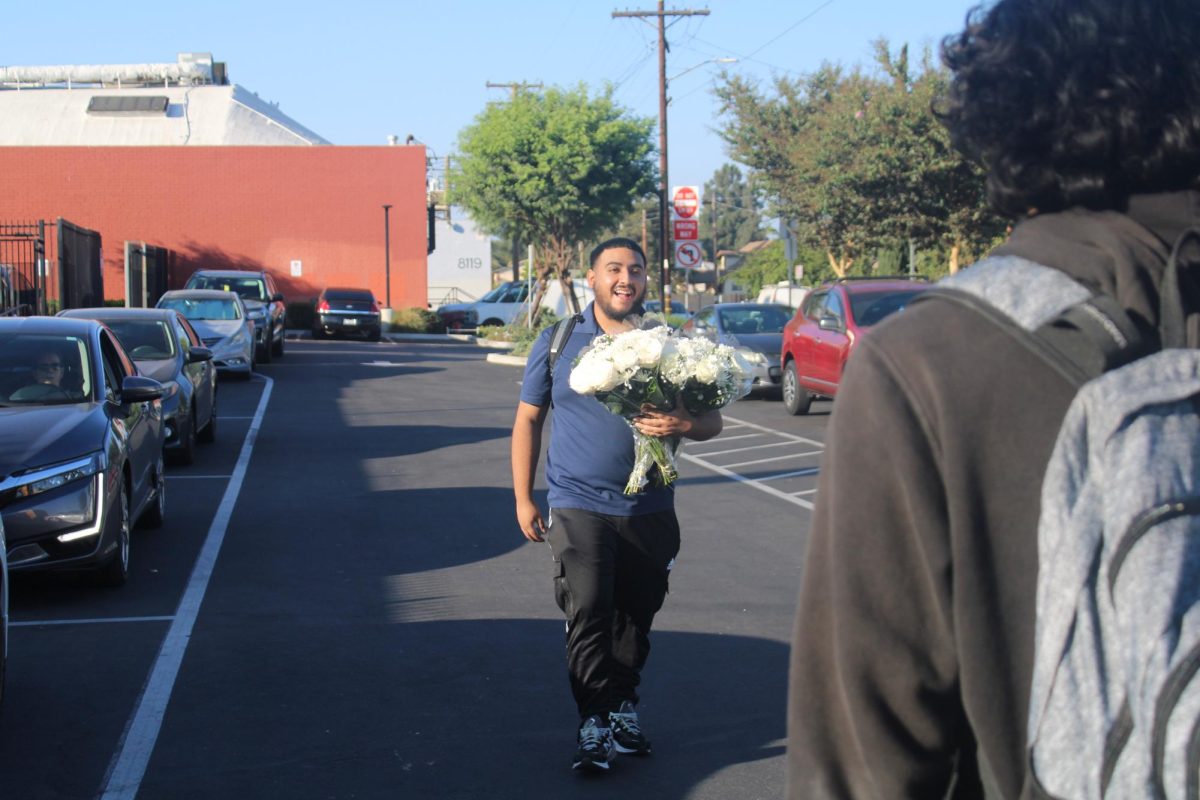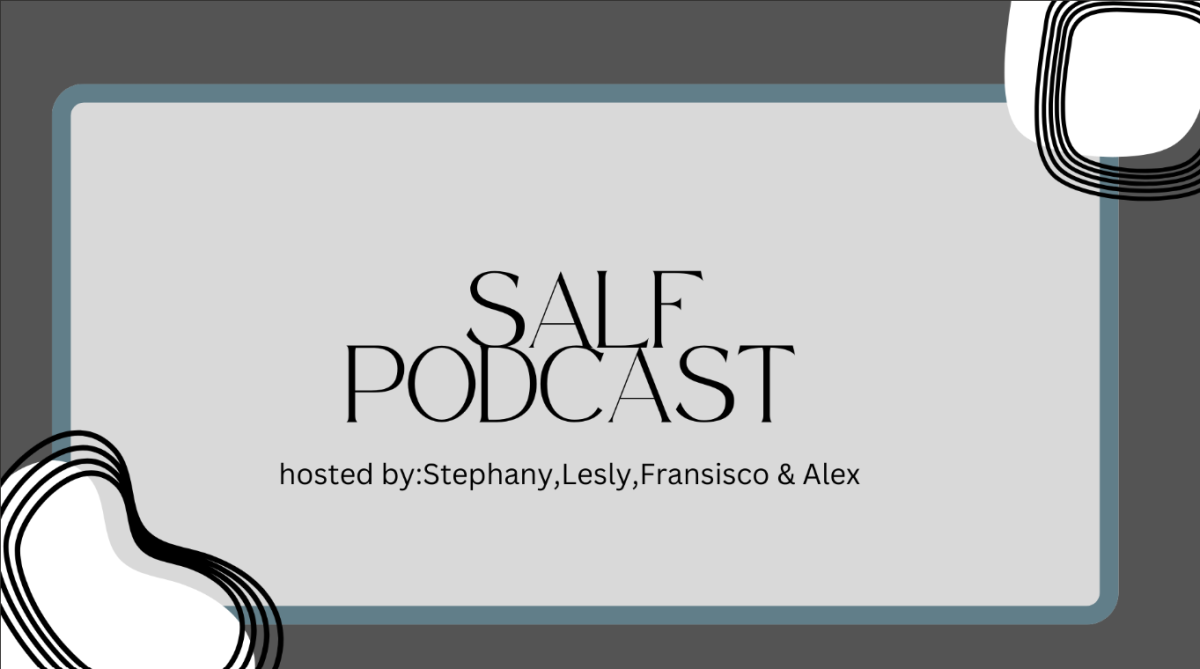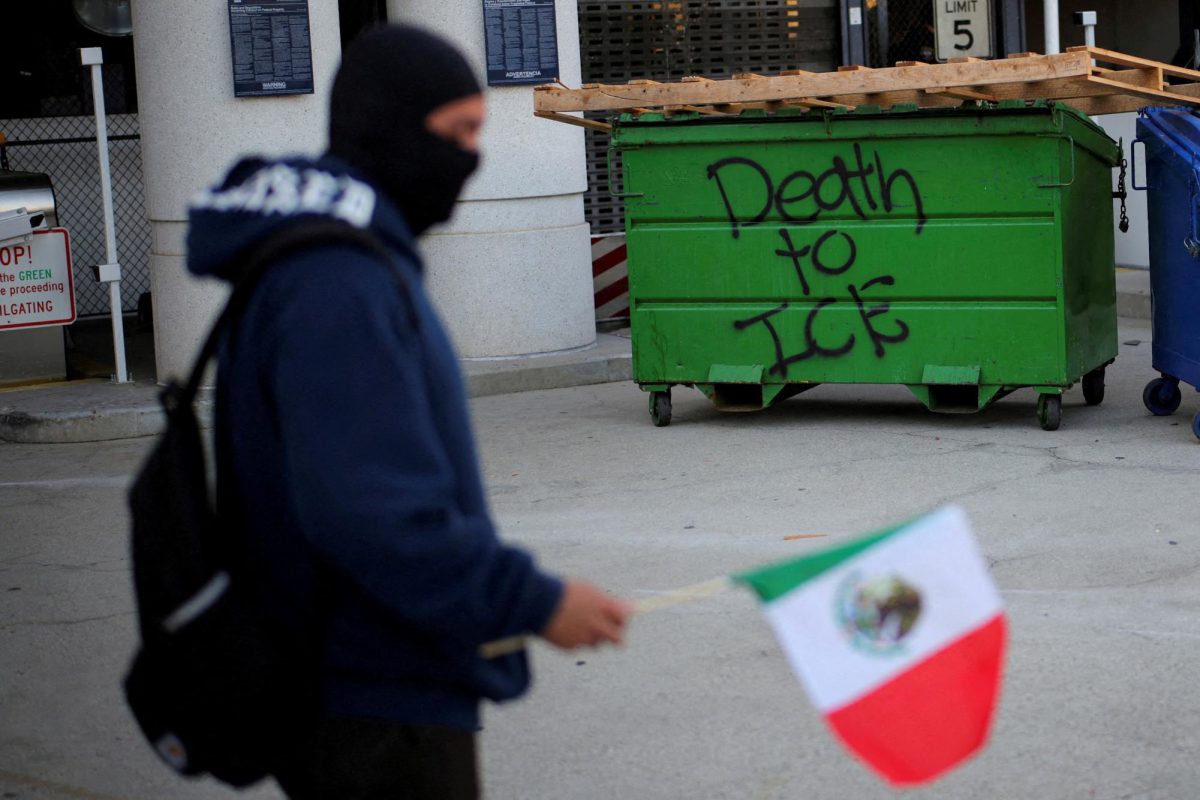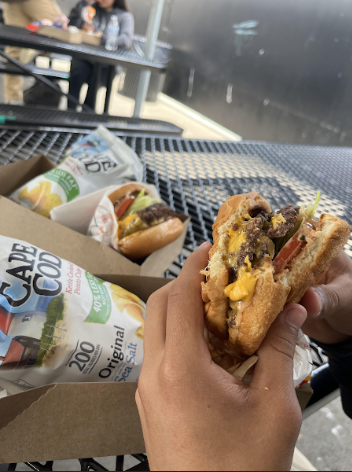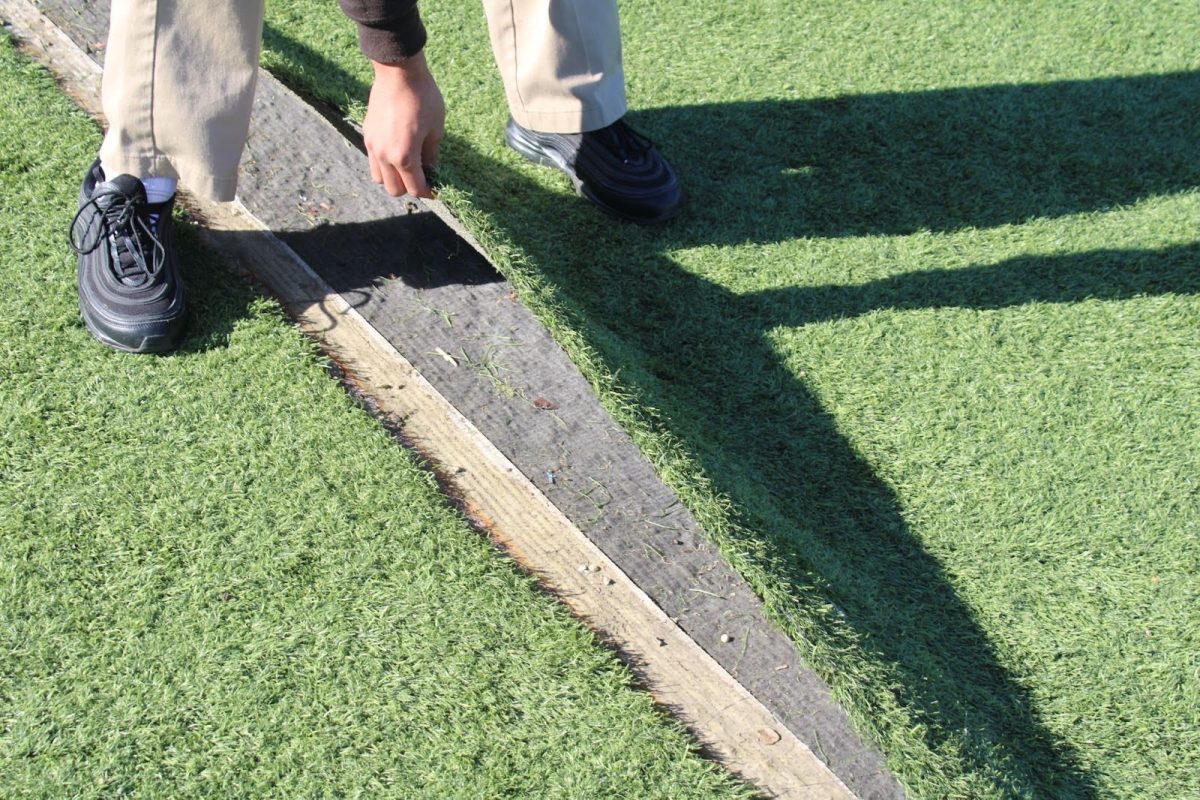As COVID vaccines become more available to people, news has arisen of its effectiveness, distribution, and side effects.
Pfizer/Biontech vaccine sample size. Photo courtesy of BBC News.
By: Miguel Diaz and Ivan Arzate
As of January 2021, the countries who have had access to the coronavirus vaccine have begun distributing the vaccine to the people awaiting its effectiveness and any unseen side effects.
Production and distribution of the COVID-19 vaccine have started but not every country has received the vaccine, while other countries are already distributing the vaccine to the public.
According to BBC News, as of January 21, the entire continent of Africa, Oceania, and some parts of Asia still haven’t received a COVID-19 vaccine. This is partly, due to the fact that some countries haven’t approved the vaccine and because other countries just don’t have the money for it.
Several different companies have begun the production for the COVID vaccine including that of BioNTech, Pfizer, Moderna, Gamaleya Research Institute, and Novamax. Vaccines by these companies had a relatively high success rate reaching efficacy rates over 85%.
These vaccines are different from your typical vaccine because of the fact that they do not contain a weakened version of the vaccine and are rather composed of mRNA. “The injected mRNA instructs our immune cells to make protein spikes that are similar to the ones on the coronavirus”, 12th-grade Anatomy and Physiology teacher Tracy Ohara said. “Once our body recognizes that this protein spike is not something that belongs in our body, the immune system begins producing antibodies.”
It is after the antibodies have been created that the immune system is accustomed to what the coronavirus is, begins attacking it, and soon becomes prepared in a situation if the real coronavirus were to enter the body. The greatest immunity obtainable is achieved once a second dose is taken.
But even with all the benefits, some people have significantly less access than others. Ohara continued and said how, “recent reports show that the COVID vaccine has not been distributed equitably”. She mentioned that in “areas like South LA, where COVID rates have been particularly high, only 5% of its residents have received the vaccine” while “areas like Beverly Hills where 25% of its residents received the first dose”, citing the LA Times for the findings she shared.
This means that families that live in South LA, a lot of which are Hispanic, are likely to be impacted negatively as a whole race, and may take longer to recover from COVID than others. Communities of lower wealth appear to show similar signs, often involving more clustered homes or jobs that require greater exposure to the outside and risks to COVID which only stacks onto the already terrible situation. And this applies not just to South Los Angeles, but on a global scale as well.
Percentage of residents with 1 vaccine shot by country. Photo courtesy of Centers for Disease Control and Prevention.
Although some vaccines are effective and others give side effects, there are cases in which the vaccine doesn’t work at all. South Africa was introduced to a vaccine produced by AstraZeneca which ultimately resulted in not being effective against the new COVID-19 variant.
South Africa decided to halt the use of the AstraZeneca vaccine. After further studying the vaccine, South Africa might consider distributing this vaccine once more but as of now, they’re going to take a safer and more effective approach. In the meantime, health care workers will be given the Johnson & Johnson vaccine as the country decides what to do with the AstraZeneca vaccine.
Basic information reported by the Centers of Disease Control and Prevention includes that some people have noted side effects such as pain and swelling in the arm the vaccine was inserted in. Additionally, some experienced chills, fevers, fatigue, and headaches afterward as well. In response to this, the CDC recommends drinking plenty of water and using a wet garment on the area in pain.
For more information about the vaccine distribution around the world, make sure to check out The New York Times or press this link. If you want to check out the COVID 19 rates in the United States press this link for more information. If you have any questions or concerns make sure to check out this link in hopes of finding an answer for your question.


